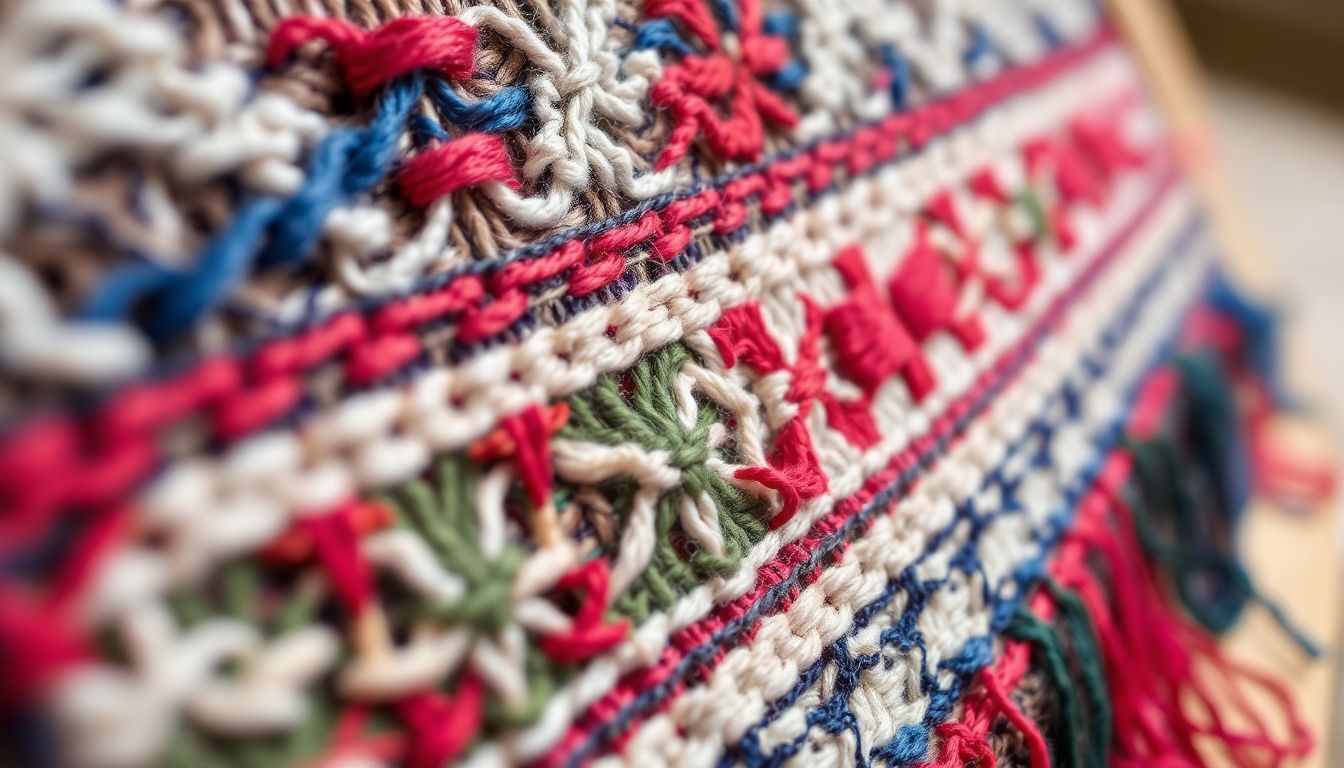Are you the do-it-yourself type of textile crafter who is spending sleepless nights into the making of really beautiful items that hardly put a penny into your pocket? You love it, but developing bills doesn’t usually work when you give the stuff away. But don’t worry, there’s a way around it: a textile crafting calculator!
A textile crafting calculator is a means through which you work out all the costs involved in making your items. It helps you make sure that you’re covering the expenses and earning a profit from this work. This will also address the need to account for any labor costs, materials costs, and business costs that specifically apply in the USA.
Why a Dedicated Calculator is Necessary for US Textile Crafters
The Rising Cost of Materials in the United States
The costs of cotton or wool and synthetic fabrics pile up, add inflation, tariffs and even short of the supply chain. Essential materials such as dyes and others are at a much higher rate. These are things we need to keep track of.
USA Labor Cost and Fair Wages Understanding
Minimum wage regulations in the United States vary from state to state. It also varies greatly in the cost of living. Pay yourself fairly as per your time and skills though not forgetting to take into account your expertise while pricing.
Overheads: Rent, Utilities, and Business Expenses in the USA
No running a crafting business without overheads. Studio rent, utility fees, marketing and website fees fall under these expenses. Software subscriptions and other business needs would also fall under this category. You really need a calculator to capture all of this.
Essentials of Textile Crafting Calculator
Material Costs: Accurate Inventory and Pricing
Calculate the charges per unit that is for a yard or ounce. Do not forget any wastage that happened. This features very much improved inventory management.
Labor Costs: Valuing Your Time and Expertise
You need to look at just how much your time is worth. A good hourly charge reflects your skills and experience in the field. Record the length of time each project takes. Don’t believe less of value!
Overhead Costs: Allocate Costs for Each Project
No doubt, overhead costs spread over all your projects. One option would be allocating a percentage of these to costs as a whole. Alternatively, you could base this on the hourly rate you charge. Find the best-suited method to your business.
Free vs. Paid Textile Crafting Calculators: Choosing the Right Tool
Overview of Free Textile Crafting Calculator Choices
Free calculators are always useful as a starting point. However, they rarely offer advanced features. There could also be accuracy problems, and you might have concerns regarding the protection of your data. Some examples would be the use of a basic spreadsheet or an online calculator with very limited capabilities.
Overview of Paid Textile Crafting Calculators
Paid calculators tend to pack a greater punch. Customizability is often granted, customer support is usually present, and sometimes the software companies provide you with an array of tools.
Step-by-Step Pics Formatting In The Textile Crafting Calculator
Inputting Material Costs and Quantities
Input all the materials for the project. Include quantities and costs of each item. Wastage is accounted for. This enables the calculator to consolidate the cost of total materials.
Calculating Labor Time and Assigning Hourly Rates
Start timing yourself as near as possible for the project. On your own best guess, what would that be worth? Punch it in the calculator. Now it knows what to charge for your labor cost.
Factoring in Overhead and Other Expenses
Add everything for overheads: rent, utility costs, and marketing expenses. Other costs to consider include shipping and packaging. Only then will the calculator give you the full price.
Beyond the Calculator: Maximizing Profitability in Your Textile Crafting Business
Streamlining Your Production Processes
Explore methods of enhancing efficiency in your crafting processes. Waste reduction and process optimization can be time and money savers.
Marketing and Branding
Developing a strong brand is key to getting the right customers. Use the marketing channels that your target audience uses. Put the word out for your special creations.
Pricing for Profit and Competitive Edge
Consider alternate pricing strategies: value-based pricing, which is based on what the customer is willing to pay; cost-plus pricing, which basically marks up off your costs; and competitor analysis for pricing.
Conclusion
The textile crafting calculator has been a game-changer for crafters in the USA. It ensures that your items are priced right. When you get your projects properly costed, you are guaranteed profitability.
